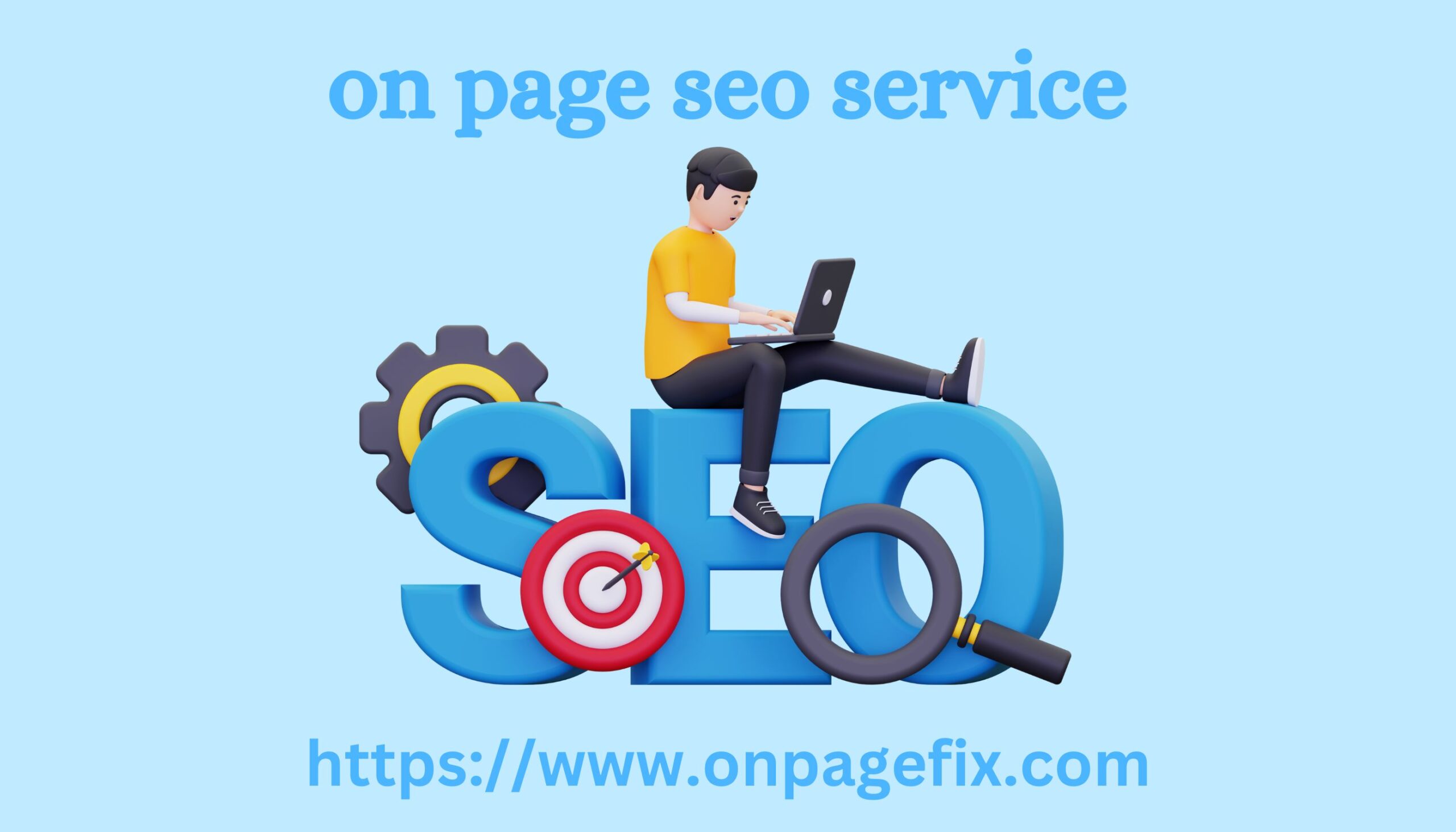Imagine you're browsing your social media feed and see a message that Company X is offering a 30% discount on all sneakers for the next three days. You go to the site, choose a pair you like, and pay for the purchase. When a person does something like this, they're unknowingly going through a sales funnel.
Marketers use this term to describe the customer's journey from first encountering a product or service to making a purchase. At the "entrance" to the funnel, a large number of people get into it and learn about the brand and its products, but gradually the number of potential buyers decreases. One did not pay attention to the advertisement, another did not find the right thing on the website, the third did not like the price, and so on. If you depict this sequence of actions on a diagram, you get an inverted pyramid.
Understanding the concept of a sales funnel is one of the first steps a marketer or aspiring entrepreneur should take. Understanding how a customer thinks and acts allows you to better tailor your offers to their needs and launch more successful promotions and advertising campaigns.
Stages
A typical sales funnel consists of four stages:
Introduction to the brand (e.g. through advertising or recommendations).
Interest (in information in an ad or content on a website).
Wish.
Action.
The number of steps in the sales on page seo service funnel can vary and depends on the structure of the business. For example, a potential bank client who wants to get a credit card first sees an ad on TV and the Internet, then goes to the website, leaves an application, talks to a manager by phone, meets with a courier to get the card and only then activates it. At the same time, a person who wants to replace a zipper on a jacket simply searches for the nearest studio on the Internet, brings the item there, waits for the work to be done and pays for the service.

What the sales funnel will tell you
To evaluate the effectiveness of your business, you need to calculate the sales funnel conversion, which is measured as a percentage and shows the ratio between potential and actual customer actions.
For example, you are developing websites and launched targeted advertising on social networks. The ad was seen by 1,000 people, of which 150 went to the website. To calculate the conversion at the first stage, we use the following formula:
Conversion=(1501000)×100%\text{Conversion} = \left( \frac{150}{1000} \right) \times 100\%Conversion=(1000150)×100%
In this case, the click-through rate (CTR) will be 15%. Out of 150 visitors, 12 left a request, therefore, the conversion of the next stage will be 8%. As a result, you signed three contracts for website development, that is, the conversion of the last stage to the previous one is 25%.
After building a sales funnel, all the weak points and shortcomings are revealed. Why did the other nine clients leave after submitting an application? Perhaps your prices are too high, the necessary services are missing, or the manager was unable to convince a "warm" client.
The sales funnel shows:
At what stages does the greatest outflow of potential clients occur?
Which consumer categories are most interested in your product?
What processes should be included or improved.
What steps are best avoided?
How effectively a business or advertising campaign is working.
What to do with this data?
Once the sales funnel is built, the marketer begins working on improving conversion at various stages. Each of them has its own tools and methods.
Brand recognition issues. If a significant portion of customers are dropping out at the awareness stage, you should reconsider your advertising campaign strategy. Analyze your target audience — perhaps you are showing ads to the wrong people. Then evaluate your channels — perhaps your target audience is not using some of them. Also, check how your sales team interacts with customers.
Problems with interest. The client already knows about your brand or product and is ready to buy, but you need to convince him completely. If your business involves working with consultants and managers, train them to communicate effectively with clients. Let them always have answers to frequently asked questions, price lists, addresses and other important information at hand. Perhaps you will be able to improve the sales funnel if you rewrite the communication scripts.